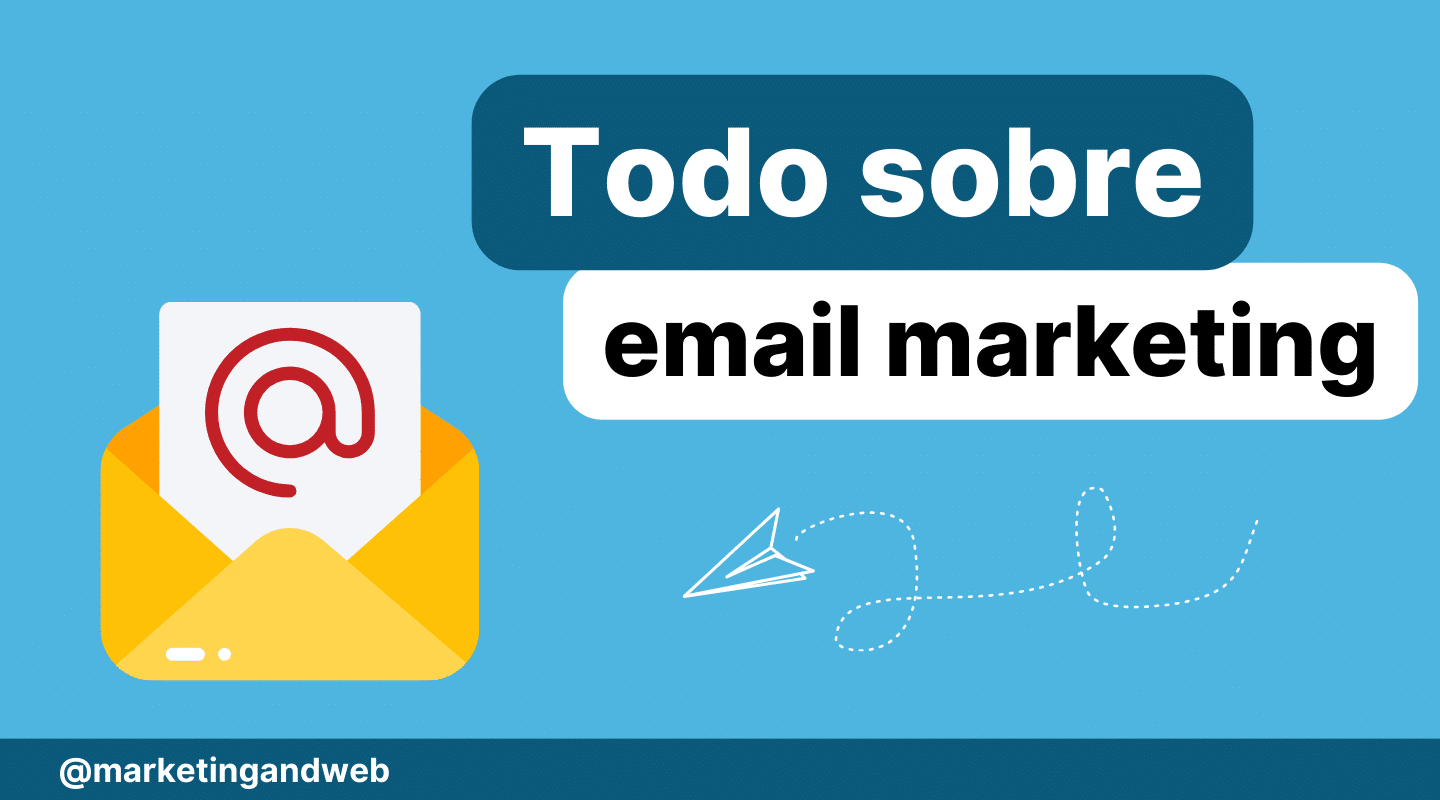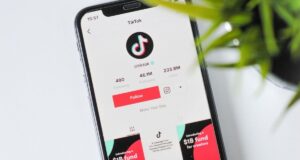
In this guide you will learn What is email marketingas well as strategies to connect closely and directly with your audience through emails.
If you are a beginner and want to know the most important thing about this discipline, we encourage you to continue reading.
What is email marketing?
Email marketing is a technique or strategy used by companies or professionals to communicate with your target audience via email.
The most interesting advantages of applying email marketing are the following:
- Audience segmentation: You can create different subscriber lists based on their characteristics, to send more personalized and useful emails.
- Closeness to the user: We all check our email almost daily, so it’s a great way to reach our audience directly, and with messages that connect with their routine.
- Advanced metrics: We can analyze statistics such as the opening rate or which links are clicked the most within the email.
- Low cost: Creating emails is cheap, and the little expense you will have is the email marketing tool you use. In addition, it is usually a progressive cost: if you send fewer emails, you will also spend less.
Types of emails for campaigns
In email marketing, various types of emails are used to meet different objectives. Although you can find many examples of email marketing, we will identify the following types:
Welcome emails
Welcome emails are automated messages that are sent when a user subscribes to your mailing list.
These emails are intended to warmly welcome the new subscriber and often offer some special benefit such as an exclusive discount or access to exclusive content (such as a free eBook).
In this way we will make a positive first impression and encourage conversion.
Newsletters
The newsletters are Periodic emails that provide your subscribers with relevant contentsuch as news and updates about your company, products or the industry in general.
For example, you can send a weekly newsletter to your subscribers with the latest news in digital marketing.
In addition to providing relevant information, newsletters can also include calls to action that drive user engagement, such as visiting your website, downloading additional resources, or participating in exclusive surveys and events.
Offers and discounts
Offer and discount emails are designed to promote special purchasing opportunities.
These emails often contain persuasive messages that highlight exclusive discounts, time-limited offers or discount coupons.
It’s crucial to include a clear, visible call to action that directs recipients directly to the desired action, whether that’s visiting a product page or applying a discount code during the checkout process.
Cart abandonment emails
Tips for running email marketing campaigns
Use hooks to get new subscribers
Lead magnets are hooks that serve as magnet to attract new subscribers.
You can offer Free eBooks, 15-minute mentorships, a 1-hour video classor any other gift you can think of so that your community wants to subscribe to your email list.
For example, if you have a recipe blog that receives a lot of visits, you can give away an eBook with 5 easy and healthy recipes in exchange for them signing up for your email list.
And, no matter how much strategy you have, If you don’t have subscribers, you won’t be able to do anything.
Therefore, our first recommendation is that you dedicate time to define how you can get the emails of your community. We reiterate that the lead magnets They are an excellent option.
Choose your ideal tool
Although there are many platforms and tools for sending mass emails, you should keep in mind that not all of them offer the same possibilities or integrations.
Some have very limited numbers of shipments or subscribers.as well as functionalities such as automations, A/B Testing tests or advanced statistics reports.
Our recommendation is that you take a look at the comparison of the best free email marketing tools so you can start your first campaigns without investment.
Segment your users
As in any other marketing campaign, knowing your target audience well is essential for its success.
In fact, something very interesting that you can do in email marketing is segment by subscriber list: You can have an email list depending on the form they have subscribed to, and thus personalize their communications.
Consider automations
The first step to automate emails is identify your target audiences, if you have more than one: what are the characteristics of the person who has subscribed to the email list? What does he expect from you?
From here, you must plan the sequence of emails, defining the content and frequency of sending for each message.
And, of course, make sure the emails are aligned with the sales funnel.
Perform A/B Testing
A/B Testing consists of show different versions of your email to each subscriber to stay with the one that works best.
For example, you can show content to 10% of your subscribers, another content to another 10% of subscribers, and send the content that has given you the best results to the remaining 80% of subscribers.
This way, Instead of relying on intuition, we rely on data to determine which subject gets the most clicks, or which content converts best.
Analyze results and make decisions
Continuing with the strength of analytics, it is essential that you review the email marketing metrics that your tool shows you, with the aim of monitor the performance of your campaigns.
Some of these metrics are opening rate, the percentage of clicks on the links, or the percentage of unsubscribes per emailalthough you can go as deep as you want in this field.
With this, you now have the fundamental knowledge about what email marketing is and the keys to starting your first campaigns. Have you ever tried email marketing? We want to read your comments!
Podcaster at Campamento Web, the most listened to Spanish-speaking SEO news and interview program for more than 5 years. Also, creator of Clave Podcast, the podcasting portal to train you as a podcaster. Graduated in Communication from Loyola University and SEO consultant, although currently focused more on his own projects focused on the field of communication and web positioning.
Source: https://www.marketingandweb.es/marketing/email-marketing/


